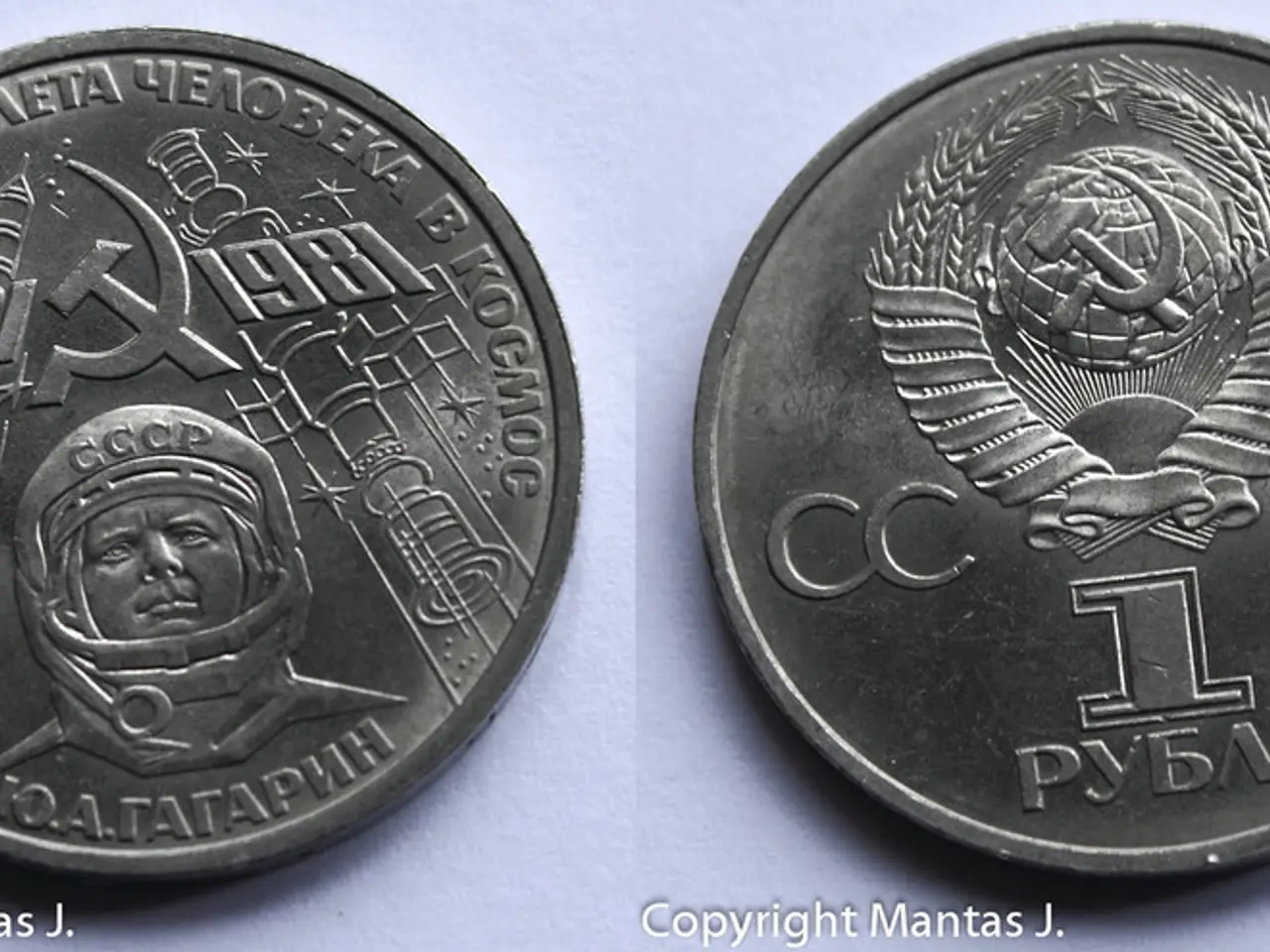Institutional interest in Ethereum hits a record high as ETF approvals and corporate treasury investments boost demand
In a significant development for the cryptocurrency market, Ethereum has been witnessing a surge in institutional adoption, with exchange-traded funds (ETFs) recording a massive $8.32 billion in cumulative inflows. This trend was particularly evident on July 22, when Ethereum ETFs generated a record-breaking $3.57 billion in net inflows, marking a new high since their launch.
One of the key drivers of this institutional interest is the expanding utility of Ethereum in various applications. Gracie Lin, CEO of OKX Singapore, emphasizes Ethereum's role in stablecoin settlement, institutional investment, and programmable payments. Major brands and corporates are also starting to build their own payment systems using Ethereum's technology.
SharpLink Gaming, a Nasdaq-listed company chaired by Ethereum co-founder Joseph Lubin, has been actively participating in this trend. The company acquired 79,949 ETH tokens between July 14 and July 20, expanding its total holdings to 360,807 ETH. Similarly, the next major institution publicly known to be investing in Ethereum is Republic Technologies Inc., which has accumulated nearly 5 million CAD in ETH treasury assets and focuses on building Ethereum validator infrastructure, led by CEO Daniel Liu.
Institutional interest is not limited to SharpLink and Republic Technologies. Other notable players like BitMine and Fidelity are also accumulating ETH as treasury assets. Fidelity's FETH, for instance, contributed $35.01 million to the day's activity, expanding its assets beyond $2.36 billion. BlackRock's ETHA fund also attracted $426.22 million in fresh capital on July 22, pushing its total assets under management past $10 billion. Grayscale's ETH fund also saw $72.64 million in new investment on the same day.
The GENIUS Act's enactment is another factor accelerating Ethereum's transformation into a critical financial infrastructure. This act is expected to further boost Ethereum's adoption and utility in the financial sector.
SharpLink has also benefited from this trend, earning 567 ETH in staking rewards since implementing its digital treasury strategy in June.
The current wave of institutional adoption may represent just the beginning of a broader transformation in how traditional finance interacts with digital assets. With global crypto market capitalization reaching $3.93 trillion, Ethereum is establishing itself as the primary platform for tokenizing real-world assets and programmable finance. As more institutions embrace Ethereum, it is likely that we will see further growth and development in the Ethereum ecosystem.
Arthur Hayes, influential investor and former BitMEX CEO, has set ambitious year-end targets of $10,000 for Ethereum and $250,000 for Bitcoin. With the current momentum, these targets might not be too far-fetched. Hayes' latest blog post highlights a shift in sentiment towards Ethereum, stating that Western institutional investors, including Tom Lee, are increasingly fond of Ethereum.
However, Lin cautions that future regulatory developments could still introduce more volatility. Despite this, the convergence of ETF inflows, corporate treasury adoption, and growing recognition of Ethereum's infrastructure capabilities suggests Ethereum is entering a new phase of institutional acceptance. The current wave of institutional adoption may be the beginning of a broader transformation in how traditional finance interacts with digital assets.
In conclusion, Ethereum's institutional adoption is on the rise, with exchange-traded funds recording significant inflows, major institutions accumulating ETH as treasury assets, and growing recognition of Ethereum's infrastructure capabilities. As more institutions embrace Ethereum, it is likely that we will see further growth and development in the Ethereum ecosystem.
Read also:
- Industrial robots in China are being installed at a faster rate than in both the United States and the European Union, as the global market for these robots faces a downturn.
- Hyundai N affirms transition to hybrid performance-centric models, initiating with Tucson N
- EAFO Research Uncovers Crucial Elements in Electric Vehicle Adoption within the EU
- Stock markets in India anticipated a moderate opening, influenced by mixed signals from global markets.







